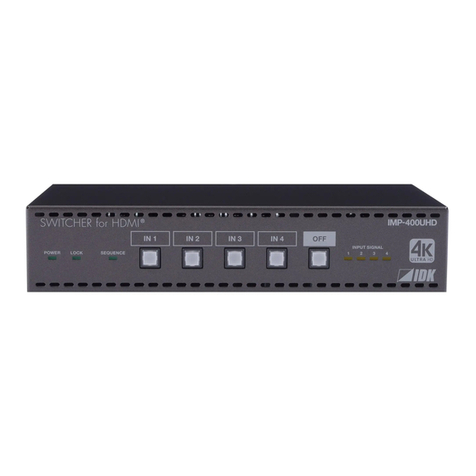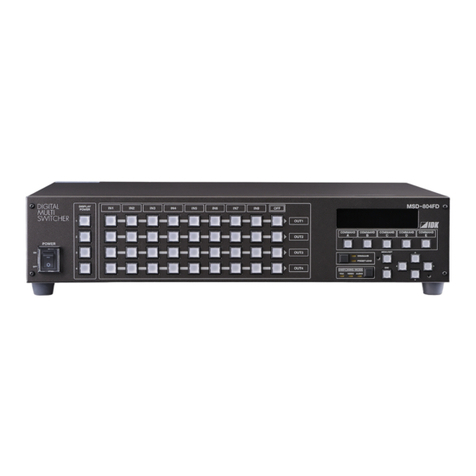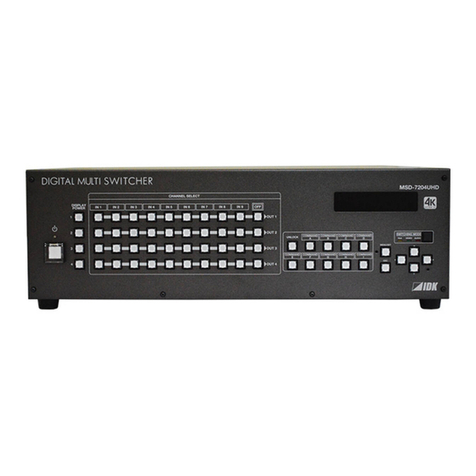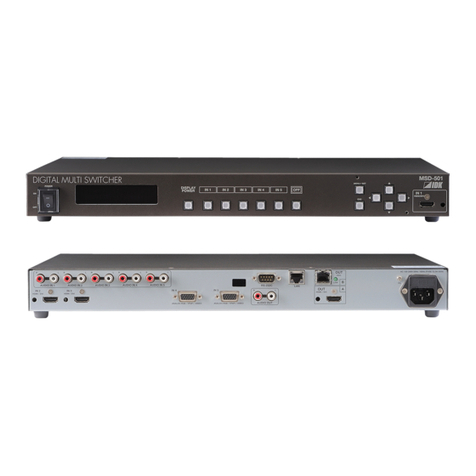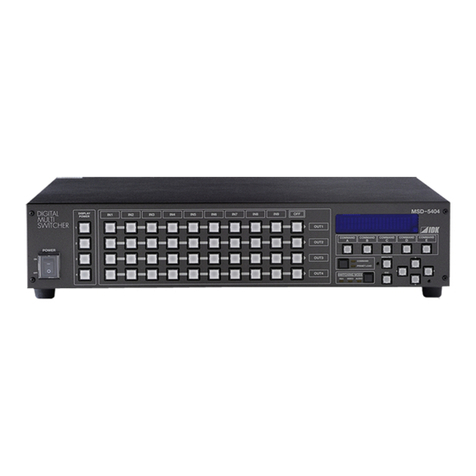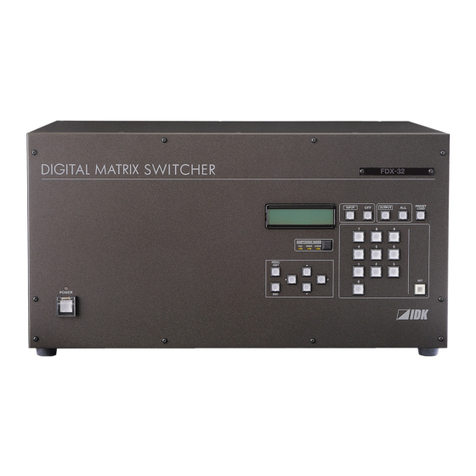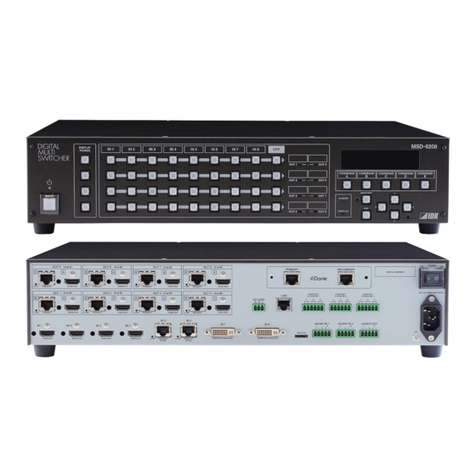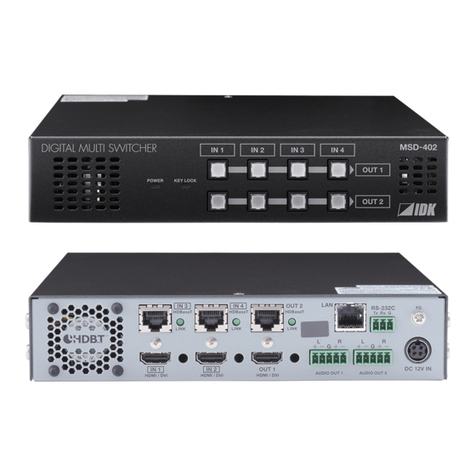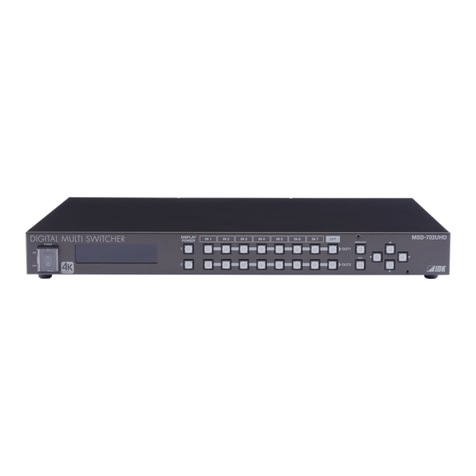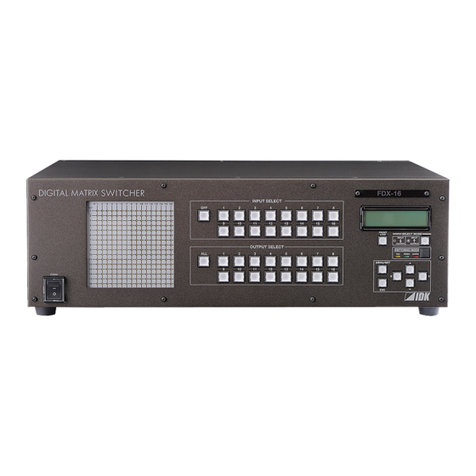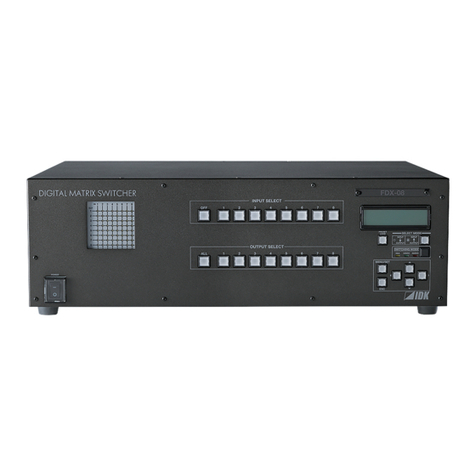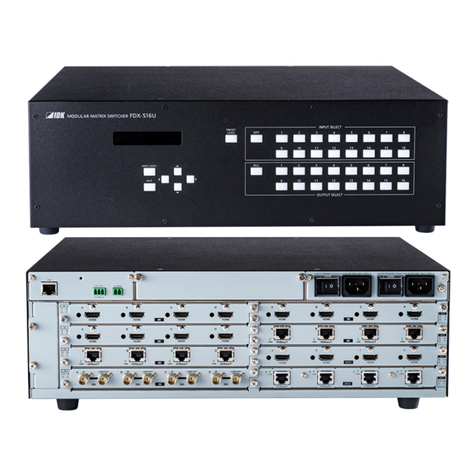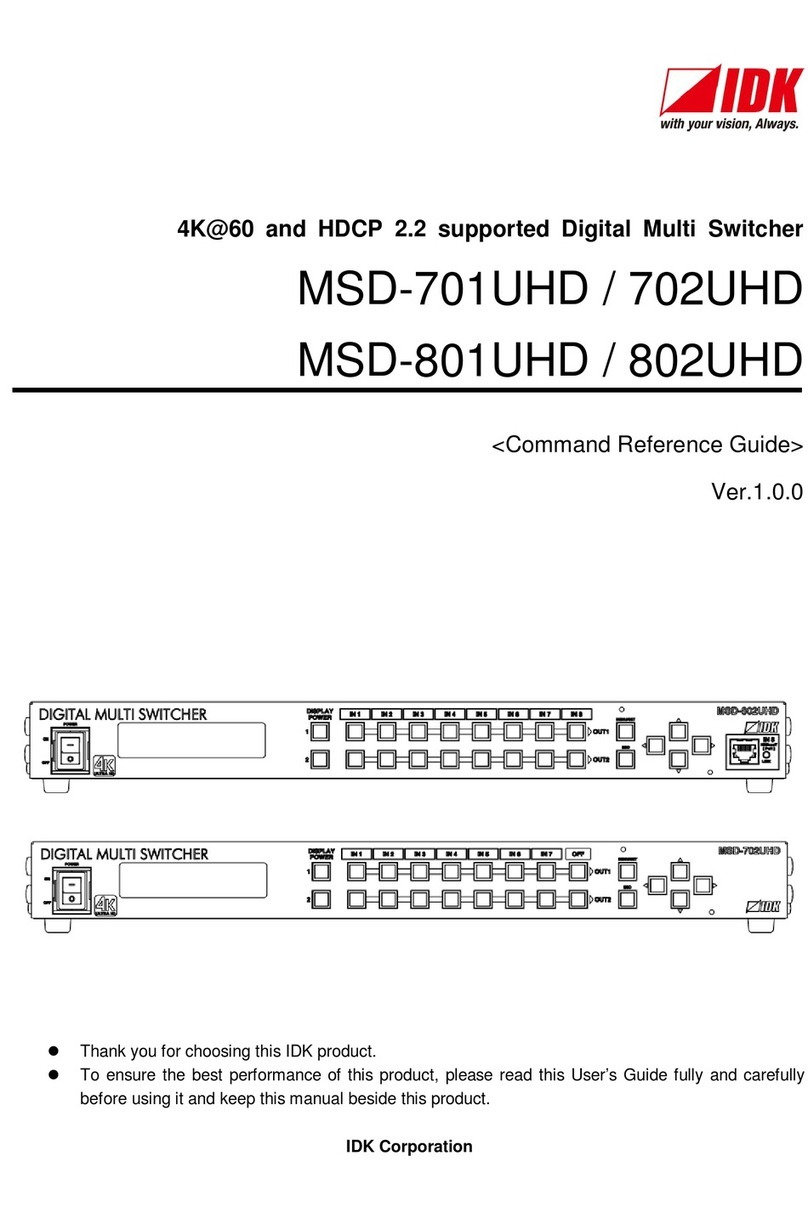
MSD-62 Series User’s Guide
9
9.4.7 Display size.............................................................................................................................69
9.4.8 Masking ..................................................................................................................................70
9.4.9 Automatic sizing......................................................................................................................70
9.4.10 Background color....................................................................................................................71
9.4.11 Test pattern.............................................................................................................................71
9.5 Video processing setting.................................................................................................................72
9.5.1 Video output mode..................................................................................................................72
9.5.2 Window setting [OVERLAY mode]...........................................................................................72
9.5.3 Window display priority [OVERLAY mode]...............................................................................73
9.5.4 Horizontal flip [OFF / OVERLAY mode] ...................................................................................74
9.5.5 Window hiding.........................................................................................................................74
9.6 Quality setting.................................................................................................................................75
9.6.1 Sharpness...............................................................................................................................75
9.6.2 Brightness...............................................................................................................................75
9.6.3 Contrast..................................................................................................................................75
9.6.4 HUE........................................................................................................................................76
9.6.5 Saturation ...............................................................................................................................76
9.6.6 Black level...............................................................................................................................76
9.6.7 Gamma...................................................................................................................................76
9.6.8 Default color............................................................................................................................77
9.7 Input settings..................................................................................................................................78
9.7.1 No-signal input monitoring.......................................................................................................78
9.7.2 HDCP input setting..................................................................................................................79
9.7.3 Analog input signal parameters ...............................................................................................80
9.7.4 Automatic detection of video input interruption.........................................................................81
9.7.5 Selecting signal of DVI input connector....................................................................................81
9.7.6 HDBaseT input long reach mode.............................................................................................81
9.7.7 Fixing settings for each input signal.........................................................................................82
9.8 Setting input timing.........................................................................................................................83
9.8.1Automatic measurement..........................................................................................................84
9.8.2 The total number of horizontal dots..........................................................................................86
9.8.3 Start position...........................................................................................................................86
9.8.4 Active area..............................................................................................................................87
9.8.5 Automatic measurement of start position.................................................................................88
9.8.6 Automatic setting of input timing..............................................................................................88
9.8.7 Loading device data................................................................................................................89
9.8.8 Registering device data...........................................................................................................89
9.8.9 Tracking..................................................................................................................................89
9.9 Output settings...............................................................................................................................90
9.9.1 Output equalizer......................................................................................................................90
9.9.2 Output mode...........................................................................................................................90
9.9.3 Synchronous signal output with no input video.........................................................................91
9.9.4 Output video with no input video..............................................................................................91
9.9.5 Window transaction effect .......................................................................................................92
9.9.6 Window transaction speed ......................................................................................................92
9.9.7 Wipe color...............................................................................................................................92
9.9.8 Output connector.....................................................................................................................93
9.9.9 HDCP output...........................................................................................................................93
9.9.10 The number of HDCP retries...................................................................................................94
9.9.11 Deep Color..............................................................................................................................94

